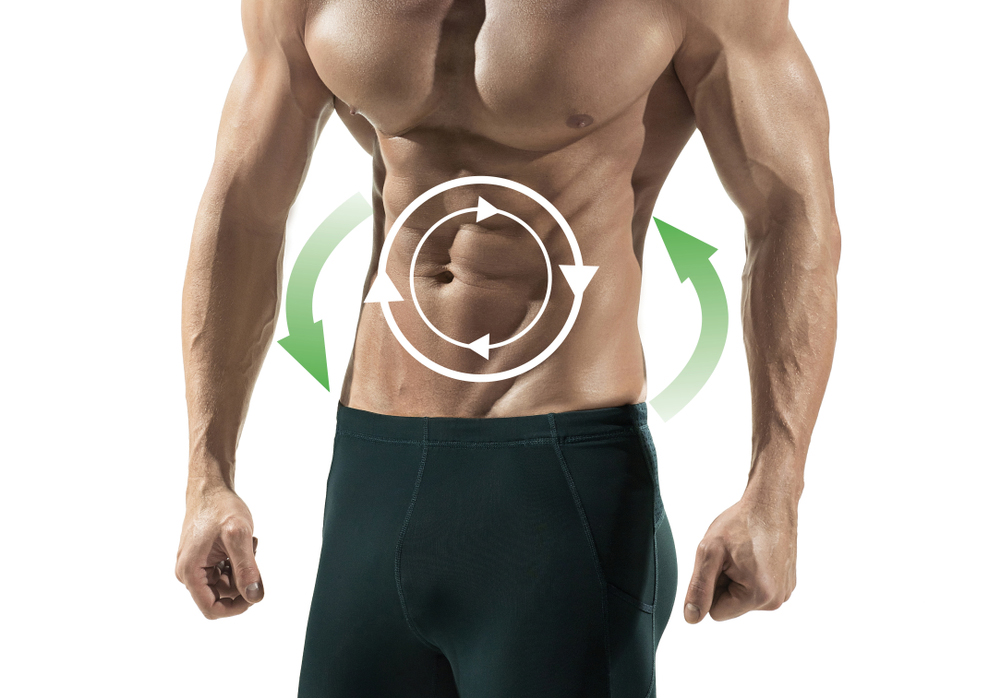Cutting is a low-calorie diet that allows you to reduce as much fat as possible in order to better preserve maximum muscle mass. Cutting is a term frequently used in bodybuilding.
It is mainly used for athletes who are following a muscle definition programme. A classic diet allows you to eliminate fat and excess weight. But at the same time, it eliminates muscle mass.
But when we talk about Cutting, the aim is to preserve the muscles, by adopting a specific diet. Cutting is therefore based on three factors to achieve this objective: a well adapted diet, adequate workouts, and sufficient food supplements.
A good diet to lose the minimum of muscle mass
When you want to lose fat mass or weight, automatically, flesh and muscles also tend to decrease. This is the process of losing weight. However, a specific diet can be followed to minimise the loss of muscle mass.
In order to lose fat, the amount of calories consumed per day must be less than the amount of calories burned by the body. The body will then be forced to use the fat reserves, but it must not use the muscle. It must burn the body's fat to find the energy to keep all the organs working.
Carbohydrate is considered to be the main fuel that keeps the body running. In order to force the latter to draw on its fat stock, the Cutting diet must be based first and foremost on the gradual reduction of carbohydrate intake. A cut nutrition plan must therefore be low in rice, pasta, potatoes.
The reduction in carbohydrate intake must be made up for by an intake of protein and amino acids, the elements necessary to promote muscle development. Foods rich in protein and amino acids must therefore be present in every dish on a daily basis. During the cutting period, fat-rich foods should also be moderated. It is necessary to favour foods containing good fat.
For a successful leaning period, you should opt for lower calorie meals, to be taken more frequently. Let's take the following concrete example, the distribution of the 2200 Kcal per day, the amount necessary to guarantee the proper functioning of the body, should be as follows:
- 600 Kcal at breakfast (wholemeal cereals, oatmeal, wholemeal bread with an egg and a glass of fruit juice)
- 200 Kcal for the morning snack (a piece of fruit or a cut protein shake)
- 600 Kcal for lunch (white meat or fish, 100g starch, a tablespoon of vegetable oil, a piece of fruit)
- 200 Kcal for the afternoon snack (dried fruit)
- 400 Kcal at dinner (white meat or fish, vegetables)
- and finally 200 Kcal with the evening snack. (cottage cheese)
The role of training during a cut and for muscle definition
Just like the dietary program, training is also important in lean.
When you want to cut, the hardest part of the program is not burning fat, but rather preserving the muscles. In order for the muscles to keep their volume, you have to intensify the weight training exercises even more. You need to train even harder, more frequently, adding cardio training into the program.
The ratio of cardio to strength training should be perfectly balanced during the workouts. For example, the workouts should be divided as follows: 60% strength training and 40% cardio, 50% full body exercises and 50% split training to target the muscles.
These rations should be divided into five training sessions per week, each session not exceeding 1. 5 hours. During the bodybuilding exercises, you should opt for lighter loads, while maintaining an intensive workout.
Here is an example of a Cutting training programme that can be carried out more easily:
- First day: Strengthening of shoulders, back and abdominal muscles
- Second day: cardio traning
- Third day: Strengthening of pectoral muscles, biceps and triceps
- Fourth day: cardio training exercises
- Fifth day: thirty minutes of cardio combined with one hour of weight training to develop leg muscles and buttocks.
The workouts should be done during the first five days. For the remaining days, rest should be prioritised to allow the muscles to recover properly and sufficiently. This will prevent muscle and joint problems. Each training session should be preceded by a sufficient warm-up. You should also remember to hydrate very frequently, and of course finish each session with stretching exercises.
Of course the diet and the sports programme are evolving over the weeks and months. Each month lower the carbohydrate intake and/or increase the cardio. Be careful not to endanger your body by not eating enough!
The food supplements needed in a Cutting program
Cutting is a special period for the body in general and for the muscles in particular. The nutrients that enter the body are indeed reduced, while it will be asked to make very intense efforts to eliminate fat. It is therefore very useful to provide him with food supplements, so that he does not become exhausted and so that the muscles continue to develop regularly.
As protein is the element that best develops muscle mass, it is important to increase the quantity introduced into the body during the Cutting period. Whey protein contributes massively to the maintenance and development of muscle mass. Easy to consume, the protein helps to avoid muscle catabolism.
BCAAs are amino acids that the body needs during the cut. Composed of leucine, isoleucine and valine, they are used as fuel for the muscles during workouts to reduce fatigue and increase metabolism.
There are also dietary supplements, such as fat burners, whose main role is to help the body eliminate excess fat. These food supplements require a healthy diet and a well-balanced nutrition.







